Jaundice in Babies
Jaundice in newborns is relatively common. Approximately 60% of full term babies develop jaundice in the first week of life and about 10% of breast fed babies are still jaundiced at 1 month. It is characterised by a yellow appearance of the skin and whites of the eyes (conjunctiva). Most newborn jaundice is ‘normal’ and is known as ‘physiological jaundice’. It is important to know what is ‘normal’ in terms of jaundice and when to take your baby to the doctor.
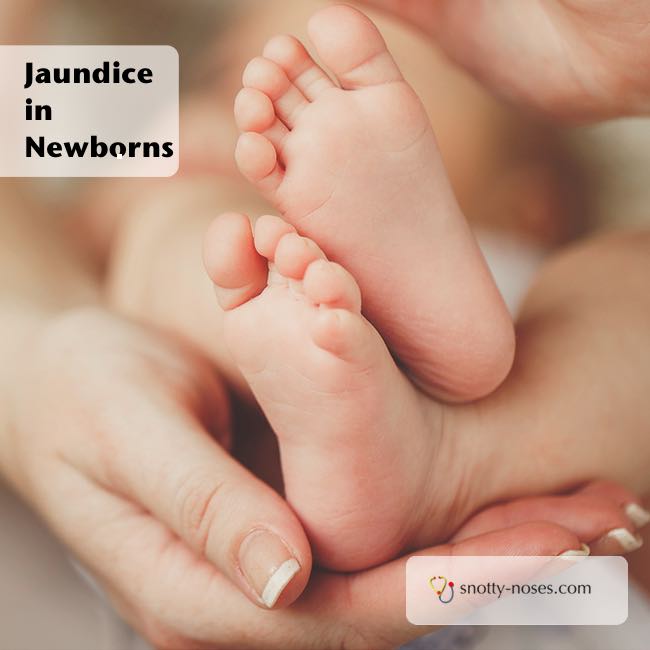
What causes Jaundice in Newborns?
The yellow colouring is caused by a build-up of a pigment called bilirubin in the blood. This is a natural product of the breakdown of red blood cells, which are constantly recycled, and usually cleaned from the blood by the liver. The liver helps to convert the bilirubin into a different form and clear it away. If something goes wrong, for example, a blockage or converting it quickly enough, it builds up. When the bilirubin level is too high, you have jaundice.
Simply put, there is too much bilirubin making the baby look yellow.
Physiological Jaundice
Babies can get jaundice for many many reasons. By far the most common is physiological jaundice, meaning it isn’t caused by a disease. It occurs because the baby’s liver is immature and can’t cope so efficiently.
Generally the jaundice is mild and clears by 10 days old (it may last longer in breast fed babies). Sometimes jaundiced babies become sleepy and then don’t feed very well, this makes the jaundice worse.
Symptoms of Jaundice in Babies
- Yellow skin colour
- Yellow eyes
- Sleepy
Treatment for Jaundice
Mostly physiological jaundice doesn’t need any treatment. If your baby is sleepy, they might need to be encouraged to feed more so that they do not get dehydrated. Being well hydrated helps to reduce the bilirubin level.
High levels of neonatal jaundice does need treatment as high levels of bilirubin can cause brain damage. This is extremely rare these days as jaundice is now treated with phototherapy.
Phototherapy for Jaundice
If your baby has high levels of bilirubin, they may need phototherapy. Babies are put under blue lights that break down the bilirubin.
Phototherapy may be given in different ways, lights in an incubator or a special blanket that you may be able to use at home.
Other cause of Jaundice in Newborns
There are many other causes of jaundice in newborns that include:
- Bruising which may follow a difficult birth
- Haemolysis which is when the baby’s blood cells are being broken down too quickly
- Infection
- Hormone problems
- Inherited illnesses
- Biliary Atresia
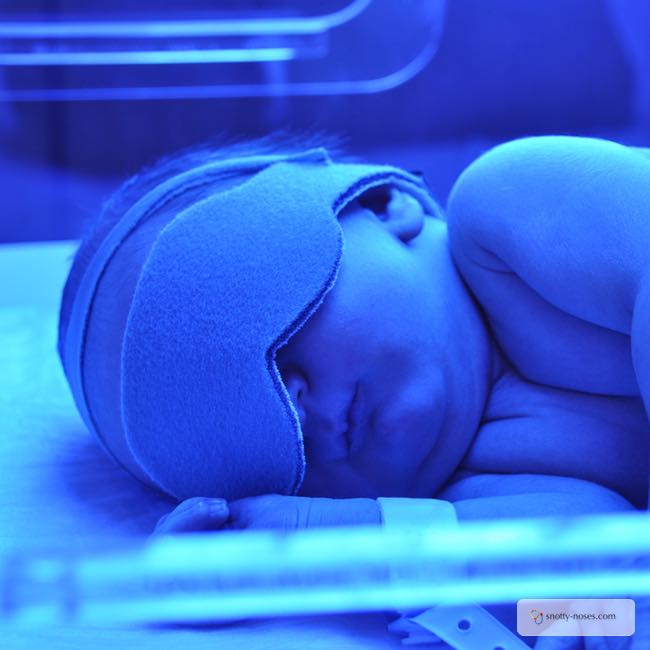
Biliary Atresia
A serious cause of jaundice is biliary atresia, in which the tubes that drain bile from the liver are absent or blocked. If spotted early, an operation can prevent long-term damage so it is important to see your GP or midwife if your baby is still jaundiced at 10 days. These babies tend to look a golden tanned colour rather than bright yellow. They are also likely to have chalky white poo and dark yellow urine. This is because the bilirubin is conjugated which is water soluble. The bilirubin is excreted in the urine, colouring in dark yellow and absent from poo (there is normally bilirubin in poo making it brown).
Go to the doctor if
- White poo
- Dark yellow wee
- Golden tanned colour rather than bright yellow
- Very yellow
- Jaundice on Day 10
- Not feeding properly
- Jaundice on Day 1 of life
Summary of Neonatal Jaundice
The majority of neonatal jaundice is “physiological” and nothing to worry about but there are some serious conditions that present with neonatal jaundice.
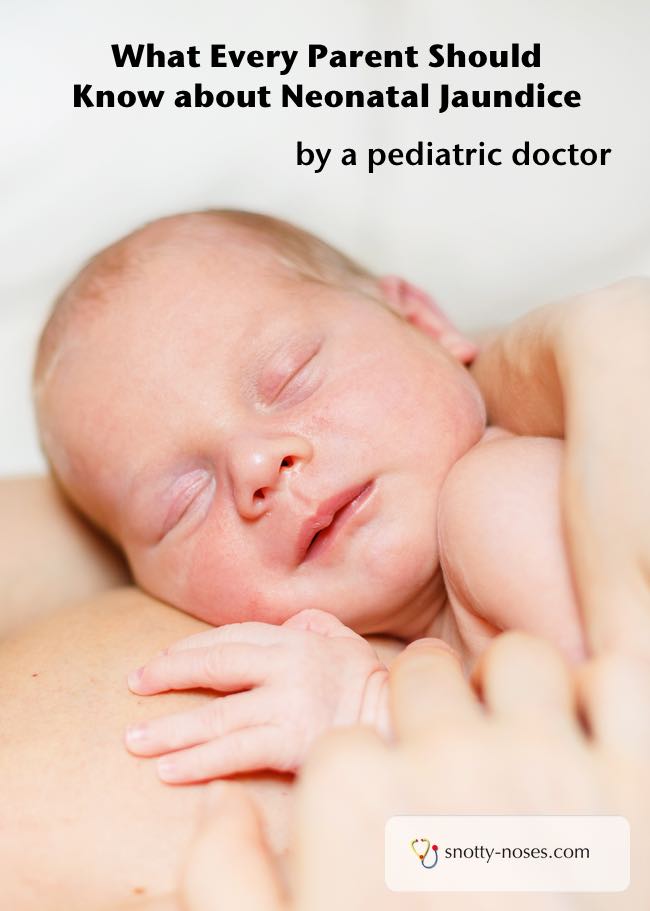
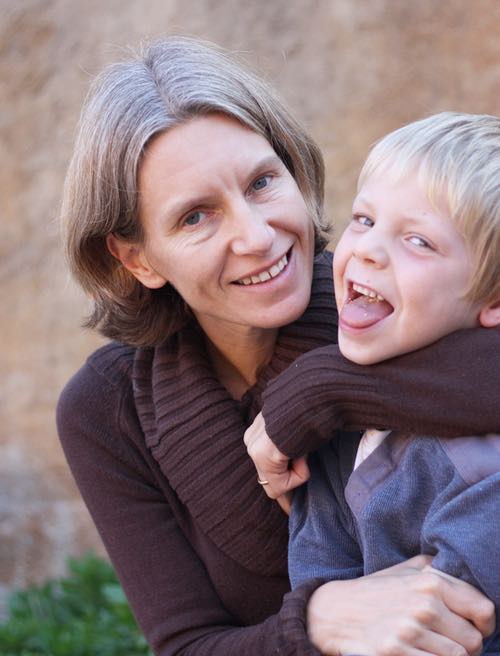
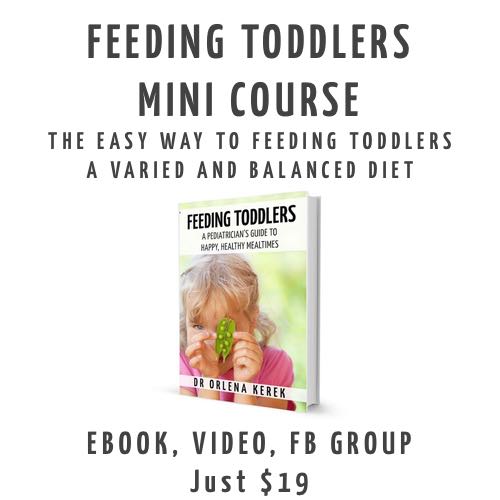 Feeding Toddlers.
Feeding Toddlers.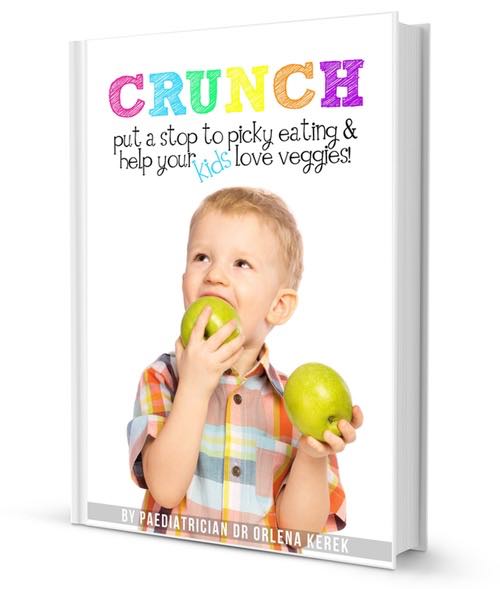 Would you like your kids to eat more healthily? Check out the book!
Would you like your kids to eat more healthily? Check out the book!